Home>Articles>Which Attachment Do I Use On My Kitchenaid Mixer
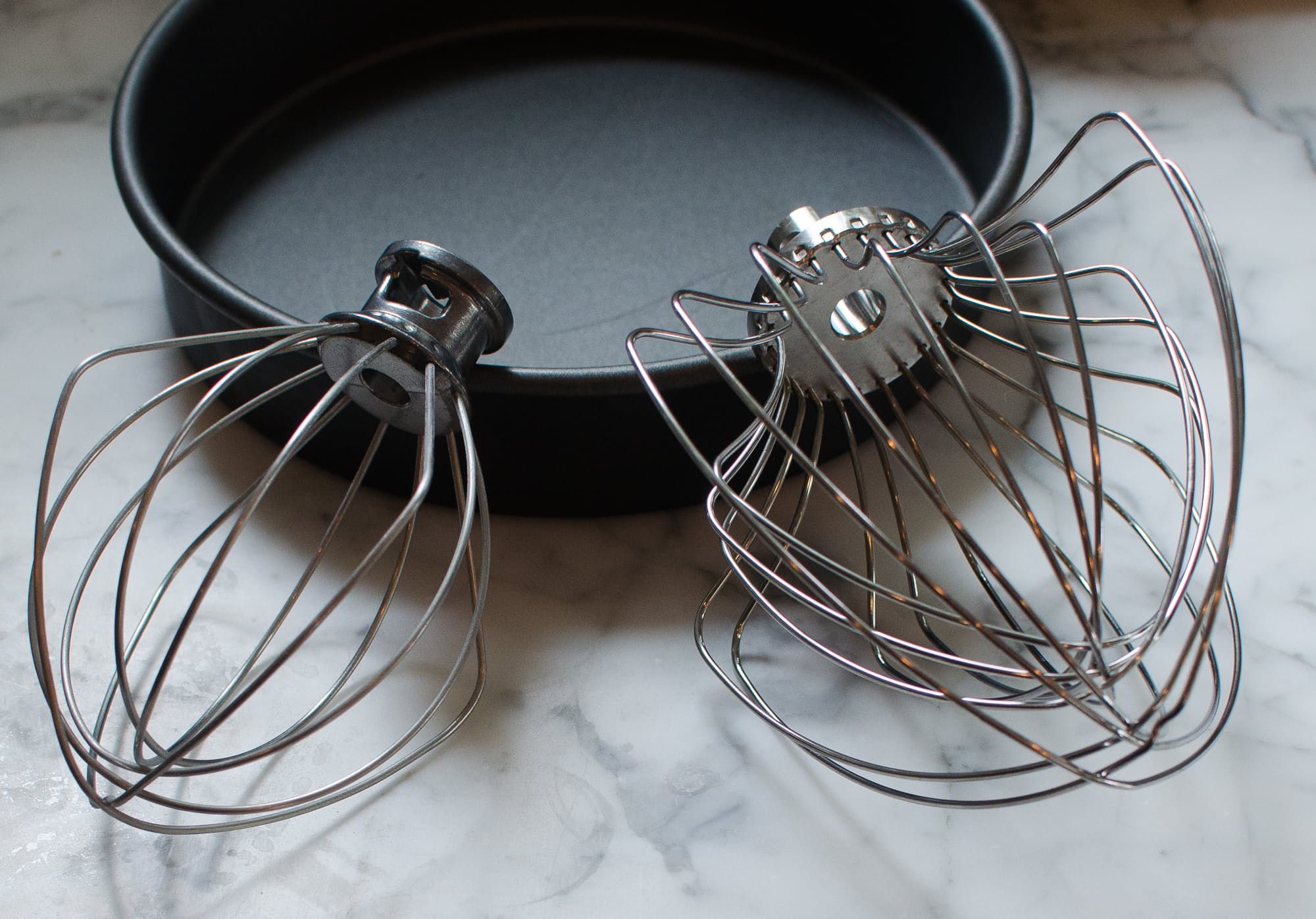

Articles
Which Attachment Do I Use On My Kitchenaid Mixer
Modified: February 28, 2024
Looking for articles on which attachment to use on your Kitchenaid mixer? Check out our comprehensive guide to find the perfect attachment for your kitchen needs.
(Many of the links in this article redirect to a specific reviewed product. Your purchase of these products through affiliate links helps to generate commission for Storables.com, at no extra cost. Learn more)
Introduction
Kitchenaid mixers are an essential tool for any home cook or avid baker. They are versatile, powerful, and can handle a wide range of tasks in the kitchen. One of the key features of these mixers is their ability to use various attachments to customize the mixing experience. But with so many options available, it can be confusing to determine which attachment to use for a specific task.
In this article, we will explore the different types of attachments available for Kitchenaid mixers and the functions of each. We will also provide tips on how to choose the right attachment for different recipes, as well as offer some general advice on using and maintaining these attachments.
By the end of this article, you will have a better understanding of the attachments for your Kitchenaid mixer and be able to make informed decisions about which attachment to use for different culinary endeavors.
Key Takeaways:
- Elevate your culinary experience with Kitchenaid mixer attachments. Choose the right attachment based on your recipe, desired texture, and ingredients for professional-quality results in your cooking and baking endeavors.
- Proper attachment care and usage are crucial for optimal performance. Follow manufacturer instructions, adjust speed settings, and maintain attachments to ensure longevity and consistent, fantastic results in your culinary creations.
Types of Attachments
Kitchenaid mixers come with a range of attachments that are specifically designed to perform different tasks in the kitchen. Each attachment serves a unique purpose and can greatly enhance your cooking and baking experience. Let’s explore the three main types of attachments commonly used with Kitchenaid mixers:
1. Flat Beater Attachment
The flat beater attachment is the most commonly used attachment for everyday mixing tasks. It features a paddle-like design with a flat edge and is perfect for mixing and incorporating ingredients together. Whether you’re making cake batter, cookie dough, or mashed potatoes, the flat beater attachment is your go-to tool. It ensures even mixing and prevents excessive air incorporation, which is important for achieving the desired texture in your recipes.
2. Wire Whip Attachment
The wire whip attachment, also known as the balloon whisk, is ideal for whipping and aerating ingredients. It consists of multiple thin wires that are curved to create a balloon-like shape. This attachment is perfect for whipping cream, beating egg whites to stiff peaks, making meringues, and creating light and fluffy batters. The wire whip attachment helps incorporate air into your mixture, resulting in a lighter and fluffier final product.
3. Dough Hook Attachment
If you’re an avid bread baker or enjoy making pizza dough, the dough hook attachment is a must-have. This attachment features a spiral-shaped hook that is specifically designed for kneading and mixing yeast-based dough. It efficiently works the dough to develop gluten, allowing you to achieve the perfect elasticity and texture for your bread. Whether you’re making bagels, dinner rolls, or homemade pasta, the dough hook attachment will make the process much easier and more efficient.
Each of these attachments is crafted with high-quality materials to ensure durability and optimal performance. They are easy to attach and detach from the mixer, allowing you to seamlessly switch between different attachments based on your culinary needs.
Read more: Where Can I Buy Kitchenaid Mixer Attachments
Functions of Each Attachment
Each attachment for Kitchenaid mixers serves a specific function and is designed to excel at a particular task. Understanding the functions of each attachment will help you determine the best one to use for your recipe. Let’s explore the functions of the three main attachments:
Flat Beater Attachment: Mixing and Incorporating Ingredients
The flat beater attachment is perfect for mixing and incorporating ingredients together. It is ideal for tasks such as creaming butter and sugar, mixing cake batter, cookie dough, mashed potatoes, and more. Its flat edge efficiently scrapes the sides of the mixing bowl, ensuring even mixing and preventing any unmixed pockets. The flat beater attachment is versatile and can handle a wide range of mixing tasks, making it a staple attachment for everyday use.
Wire Whip Attachment: Whipping and Aerating Ingredients
The wire whip attachment, also known as the balloon whisk, is designed for whipping and aerating ingredients. Its multiple thin wires create a balloon-like shape that helps incorporate air into the mixture. This attachment is perfect for whipping cream to a fluffy consistency, beating egg whites to stiff peaks, making meringues, and creating light and airy batters. The wire whip attachment is essential for recipes that require a lighter texture and added volume.
Dough Hook Attachment: Kneading and Mixing Dough
If you enjoy baking bread or making homemade pasta, the dough hook attachment is a game-changer. The spiral-shaped hook effectively kneads and mixes yeast-based dough to develop gluten. Whether you’re making a rustic loaf of bread, bagels, pizza dough, or pasta, this attachment will do the hard work for you. It ensures proper development of the gluten structure, resulting in a perfectly textured and elastic dough. The dough hook attachment is a must-have for any bread enthusiast.
By understanding the functions of each attachment, you can select the best one for your specific recipe and achieve the desired results. Whether you’re mixing, whipping, or kneading, these attachments are designed to make your culinary endeavors easier and more efficient.
Read more: Which Kitchenaid Mixer Should I Buy
Choosing the Right Attachment
When it comes to using attachments for your Kitchenaid mixer, choosing the right one is crucial for achieving the best results in your recipes. Here are some factors to consider when selecting the appropriate attachment:
Consider the Recipe
First and foremost, consider the recipe you’re working on. Different recipes require different mixing techniques, and the attachment you choose should align with those techniques. For example, if you’re making a cake batter or cookie dough that needs to be evenly mixed without excessive air incorporation, the flat beater attachment is the best choice. On the other hand, if you’re whipping cream or beating egg whites, the wire whip attachment will give you the desired results.
Consider the Desired Outcome
Think about the texture and consistency you want to achieve in your recipe. If you’re aiming for a light and fluffy texture, like in a sponge cake, the wire whip attachment is ideal. If you’re making bread and want a perfectly developed gluten structure, the dough hook attachment is a must. Consider how each attachment will influence the final outcome and choose accordingly.
Consider the Ingredients
Take into account the ingredients you’re working with. Some ingredients require specific mixing techniques to achieve the best results. For example, when working with dense ingredients like heavy dough or thick batters, the dough hook attachment is necessary to properly incorporate and develop the gluten. Delicate ingredients such as egg whites or cream, on the other hand, require the gentle whipping action of the wire whip attachment.
By considering the recipe, desired outcome, and ingredients, you can make an informed decision about which attachment will best suit your needs. Remember that experimentation and practice will also play a role in finding the perfect attachment for specific recipes. Don’t hesitate to try different attachments and techniques to find what works best for you.
Read more: How To Remove Kitchenaid Mixer Attachment
Tips for Using Attachments
Using attachments for your Kitchenaid mixer can greatly enhance your cooking and baking experience. To ensure optimal performance and longevity of the attachments, here are some key tips to keep in mind:
Attach and Detach the Attachments Correctly
When attaching or detaching the attachments, make sure to follow the manufacturer’s instructions. It’s important to align the attachment with the power hub and securely lock it in place. Improper attachment can result in inefficient mixing or even damage to the mixer. Take the time to read the user manual and familiarize yourself with the proper attachment process.
Adjust the Speed Settings Accordingly
Each attachment has recommended speed settings to ensure effective and efficient mixing. For example, when using the flat beater attachment, start at a low speed to incorporate the ingredients, then gradually increase the speed for thorough mixing. The wire whip attachment usually requires higher speeds to whip and aerate ingredients properly. Refer to the recipe and attachment guidelines to determine the appropriate speed setting for each task.
Clean and Maintain the Attachments Properly
After each use, make sure to clean the attachments thoroughly. Remove any excess batter, dough, or cream using warm soapy water and a soft brush or sponge. Rinse them well and dry them completely before storing. Avoid using abrasive cleaners or harsh chemicals, as they may damage the attachments. Regularly inspect the attachments for any signs of wear and tear, and replace them if necessary. Proper maintenance will ensure the longevity and optimal functionality of your attachments.
Additionally, storing the attachments properly is crucial. Keep them in a clean, dry place where they won’t be exposed to moisture or extreme temperatures. Storing them in a dedicated attachment storage case or drawer can help keep them organized and prevent damage.
By following these tips, you can ensure that your attachments are used effectively, the mixer operates smoothly, and your recipes turn out delicious every time. Taking care of your attachments will not only prolong their lifespan but also guarantee consistent and fantastic results in your culinary endeavors.
Conclusion
Kitchenaid mixers are versatile and powerful tools that can elevate your cooking and baking experience. With the wide range of attachments available, you have the ability to customize your mixing techniques and achieve exceptional results in the kitchen. By understanding the functions of each attachment, you can choose the right one for your specific recipe, desired outcome, and ingredients.
Consider the recipe you’re working on, the texture you want to achieve, and the ingredients you’re using. This will guide you in selecting the appropriate attachment for each task. The flat beater attachment is perfect for mixing and incorporating ingredients, the wire whip attachment excels at whipping and aerating, and the dough hook attachment is ideal for kneading and mixing dough.
Remember to attach and detach the attachments correctly, following the manufacturer’s instructions, to ensure a secure and efficient fit. Adjusting the speed settings according to the attachment being used will help you achieve the best results. Taking the time to clean and maintain the attachments properly after each use will not only extend their lifespan but also ensure consistent performance.
In conclusion, understanding the different types of attachments and their functions, and following the tips provided, will help you unleash the full potential of your Kitchenaid mixer. Experiment with different attachments and techniques to discover new culinary possibilities. Whether you’re whipping up decadent desserts, kneading bread dough, or mixing savory dishes, the right attachment can make all the difference in achieving professional-quality results in the comfort of your own kitchen.
So, get creative, have fun, and enjoy the culinary journey with your Kitchenaid mixer and its diverse range of attachments!
Frequently Asked Questions about Which Attachment Do I Use On My Kitchenaid Mixer
Was this page helpful?
At Storables.com, we guarantee accurate and reliable information. Our content, validated by Expert Board Contributors, is crafted following stringent Editorial Policies. We're committed to providing you with well-researched, expert-backed insights for all your informational needs.
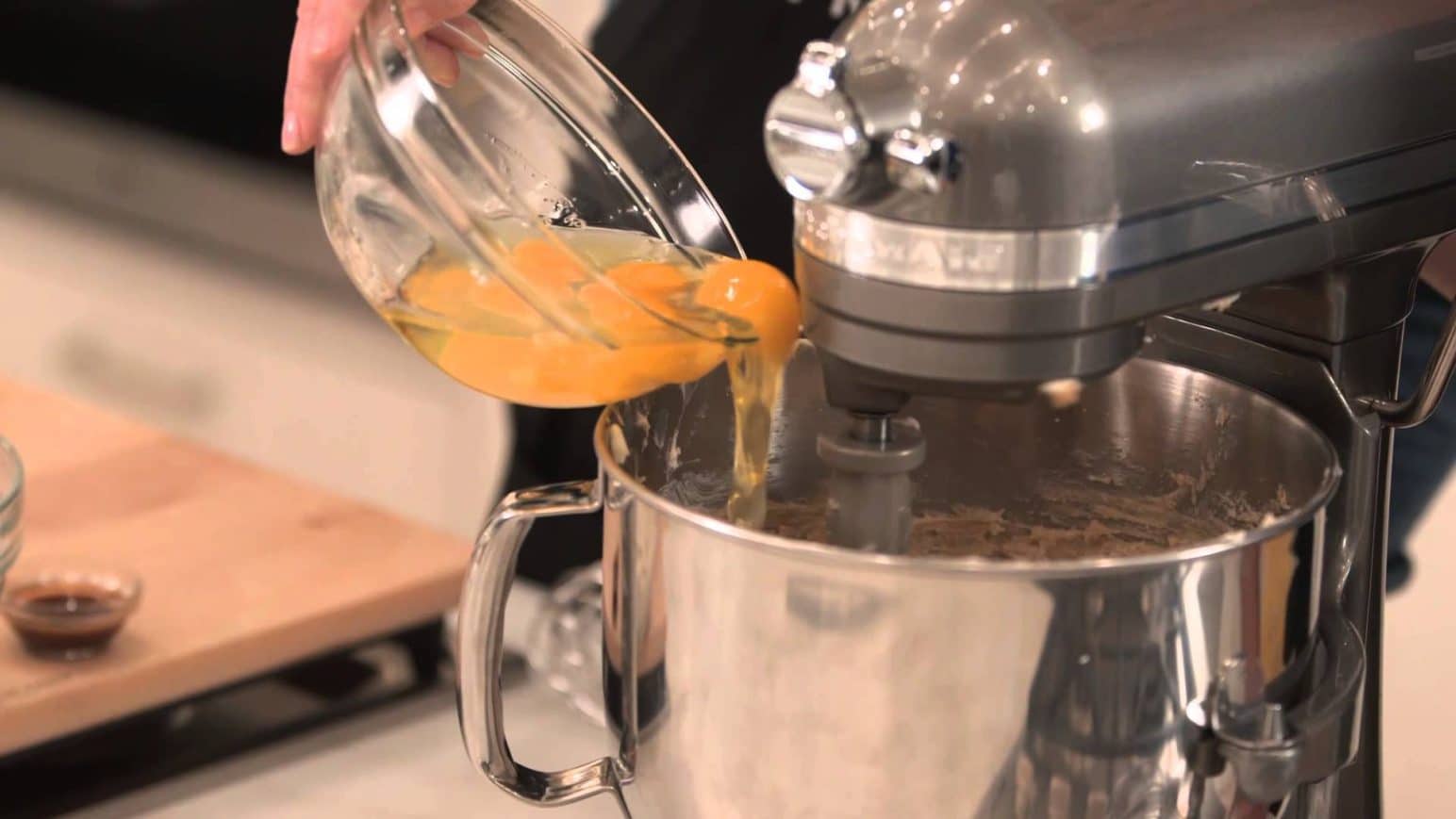
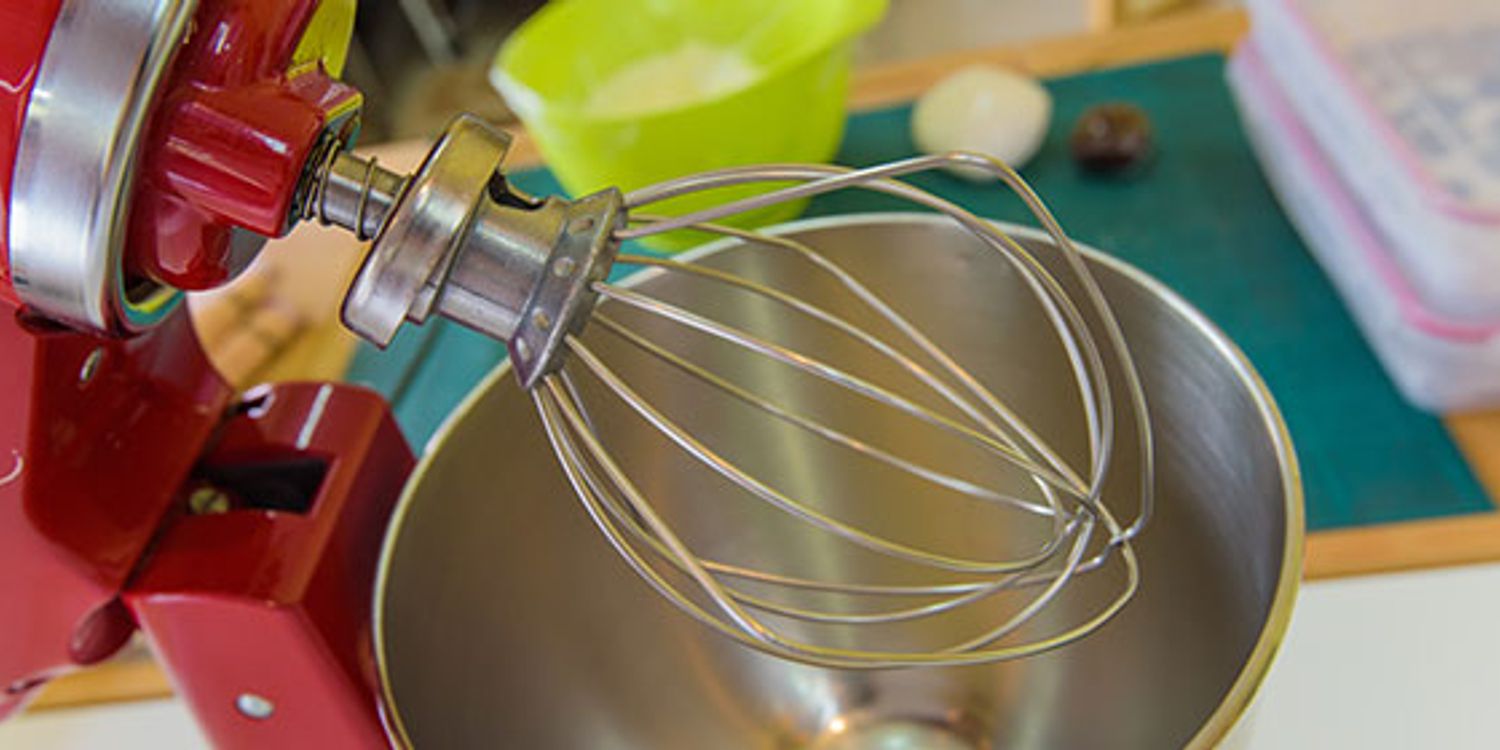
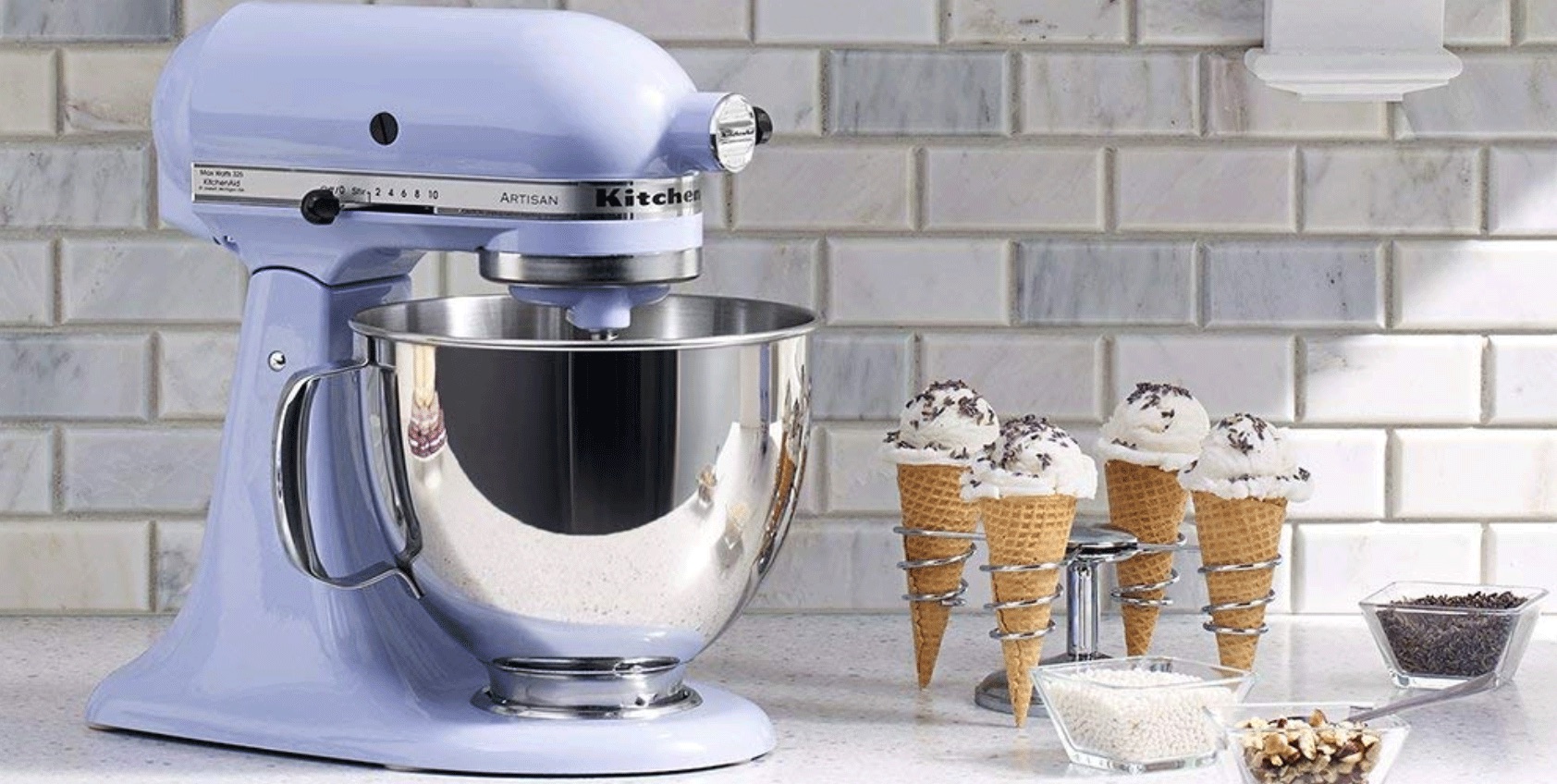
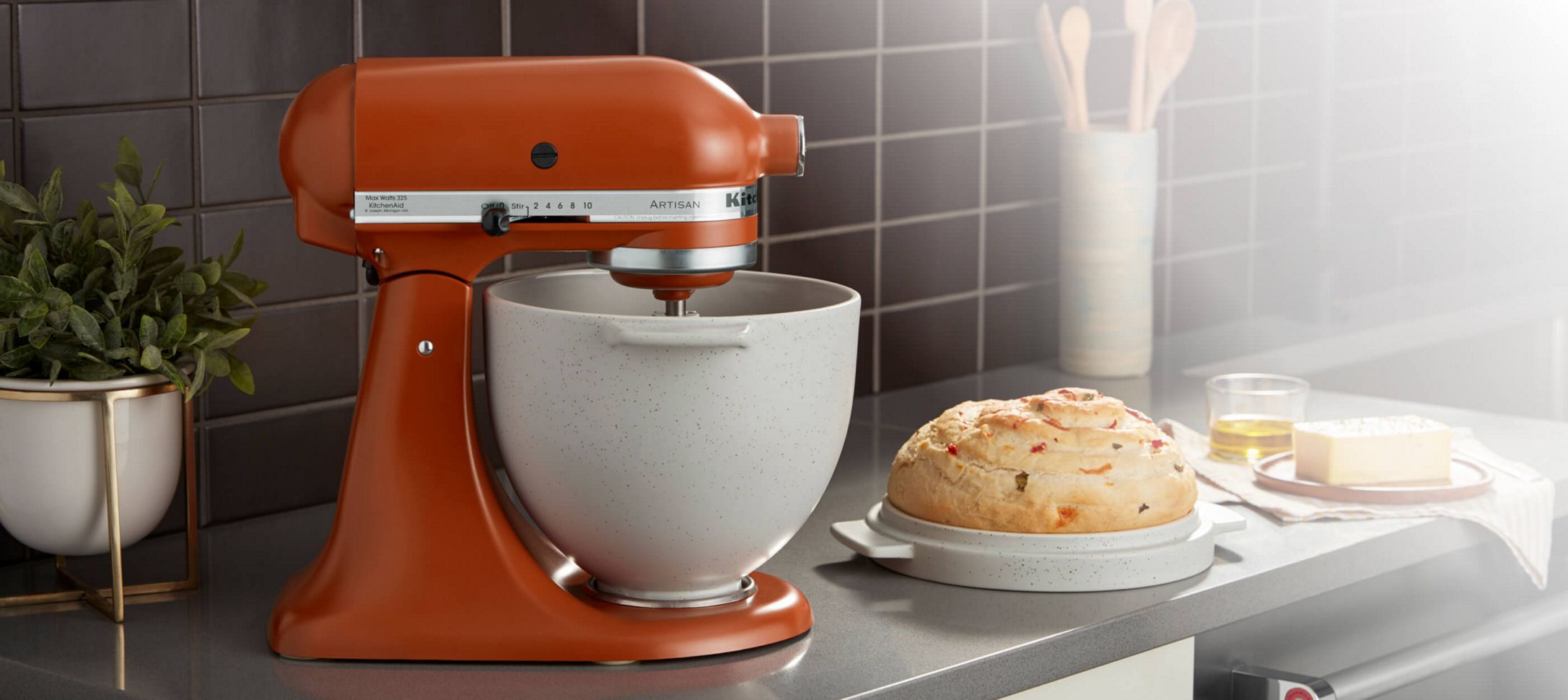
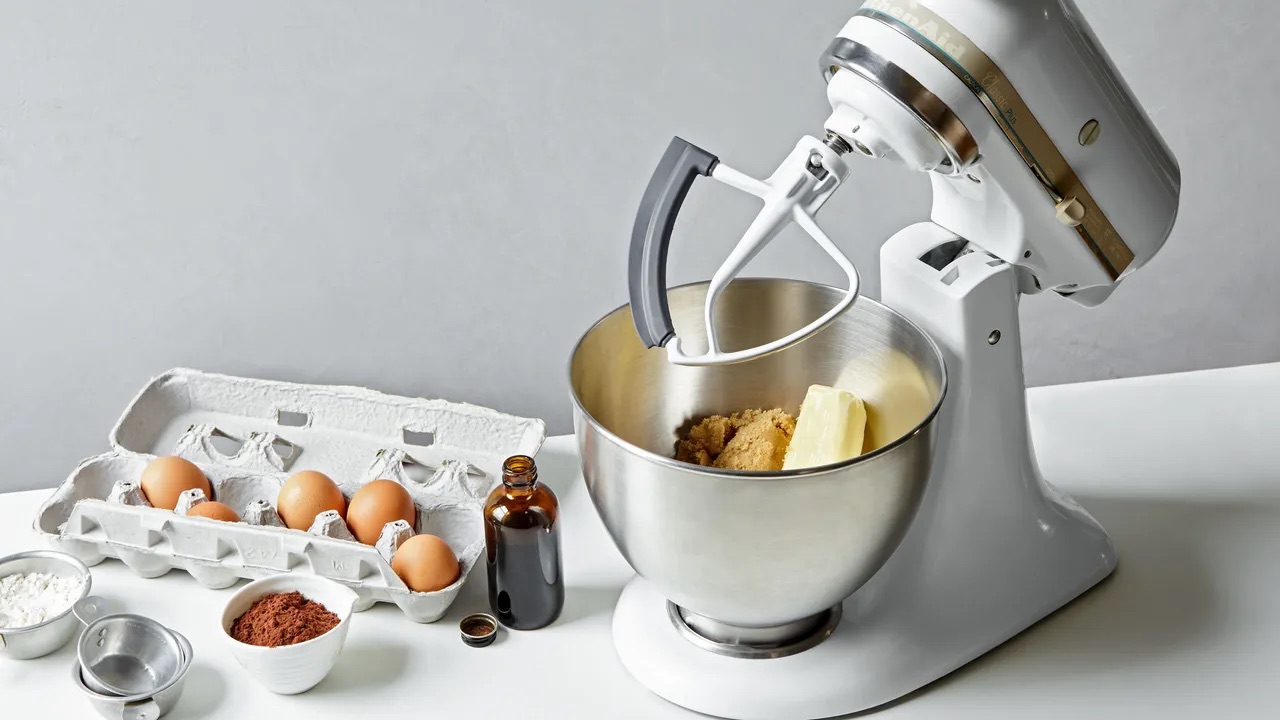
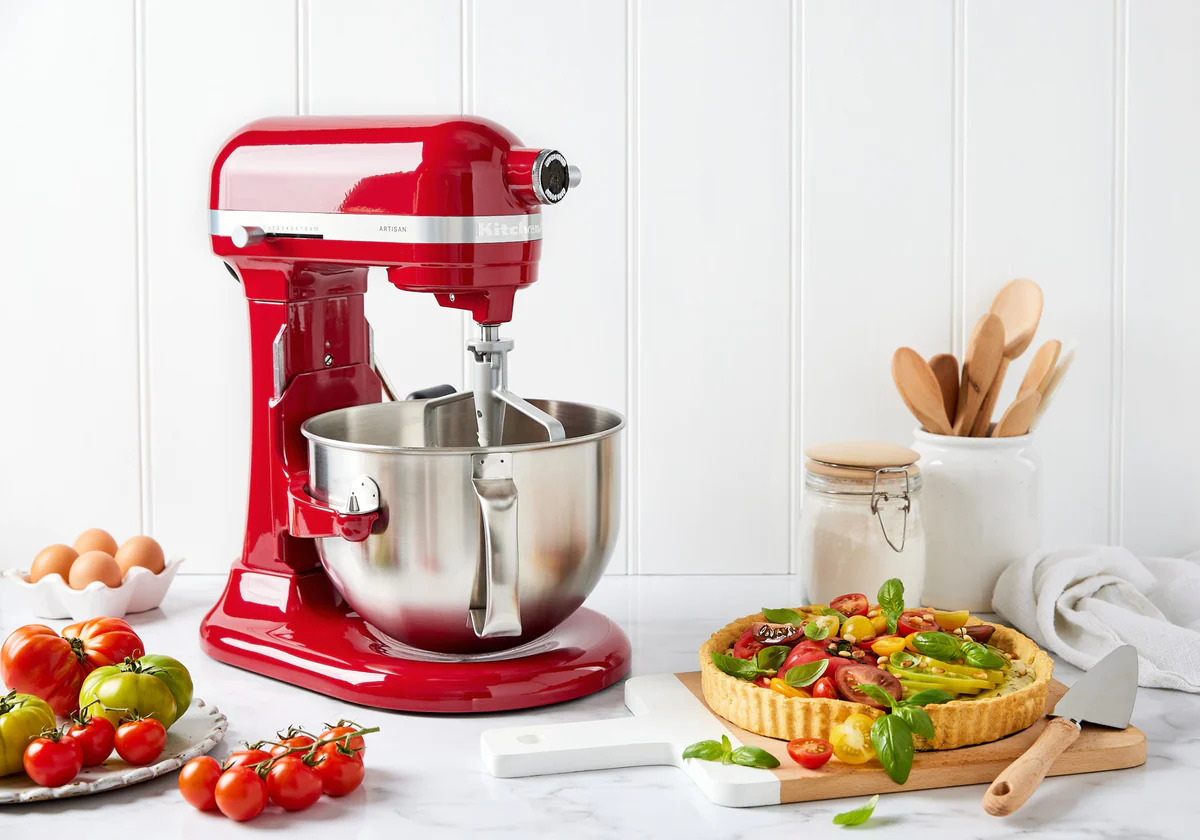
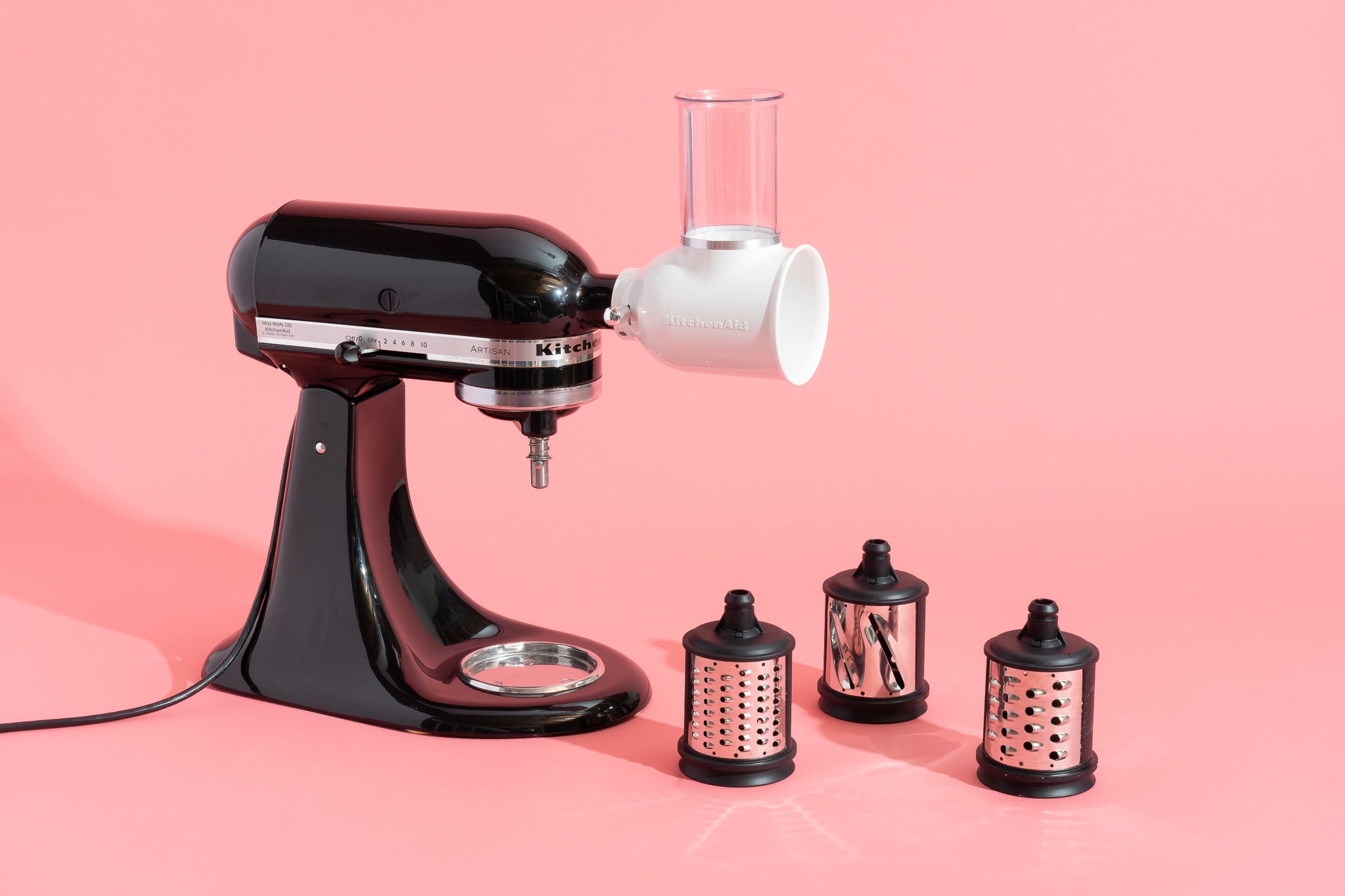

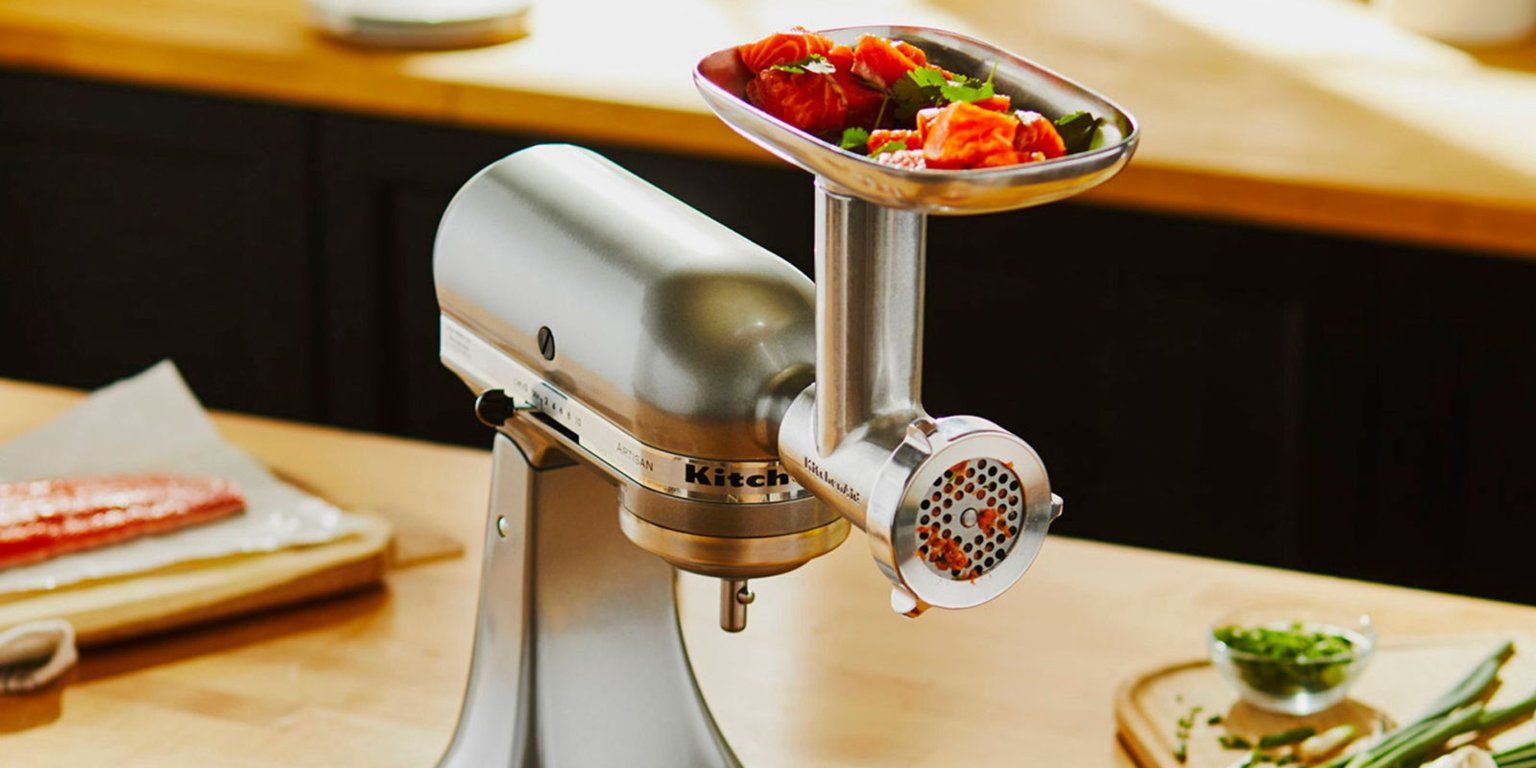
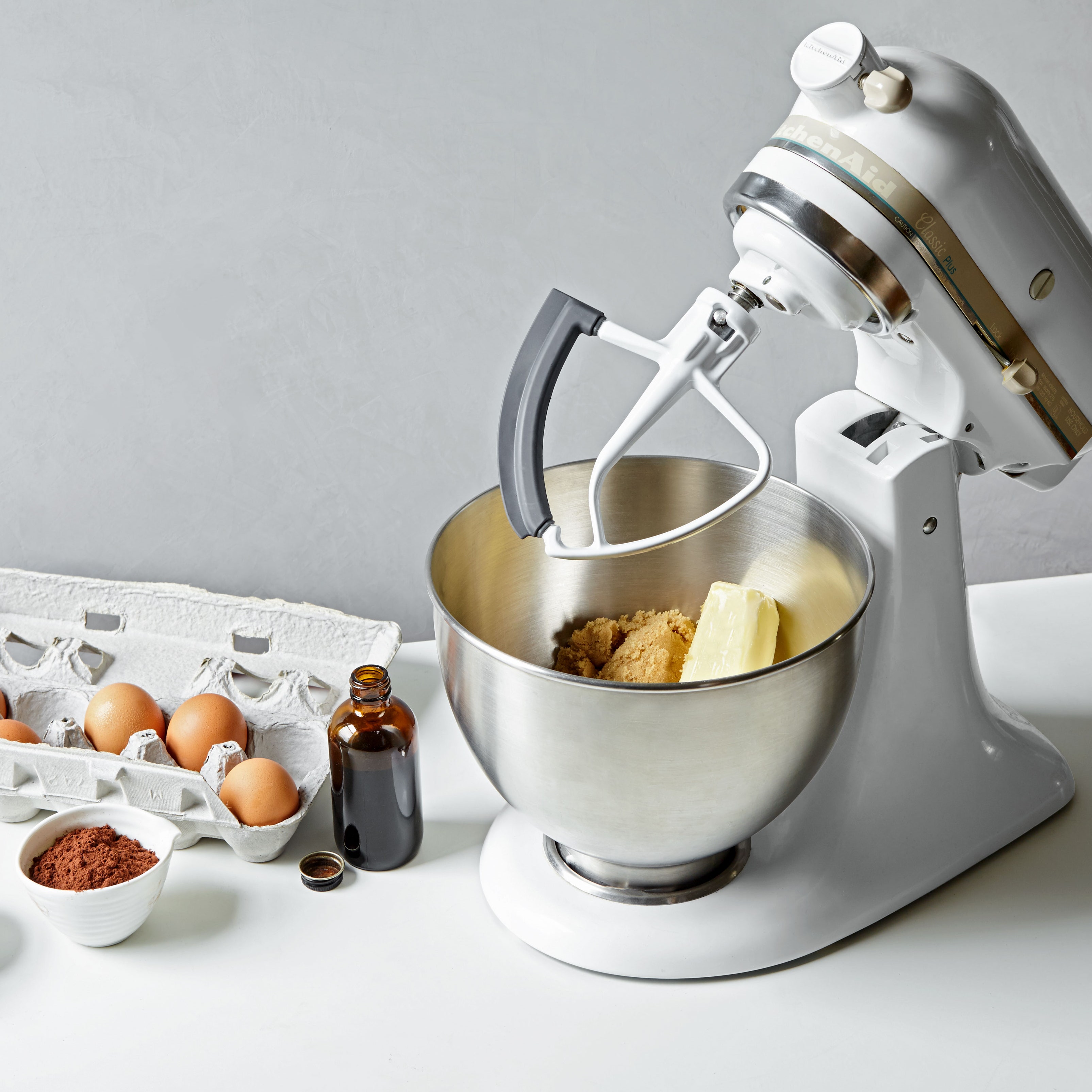
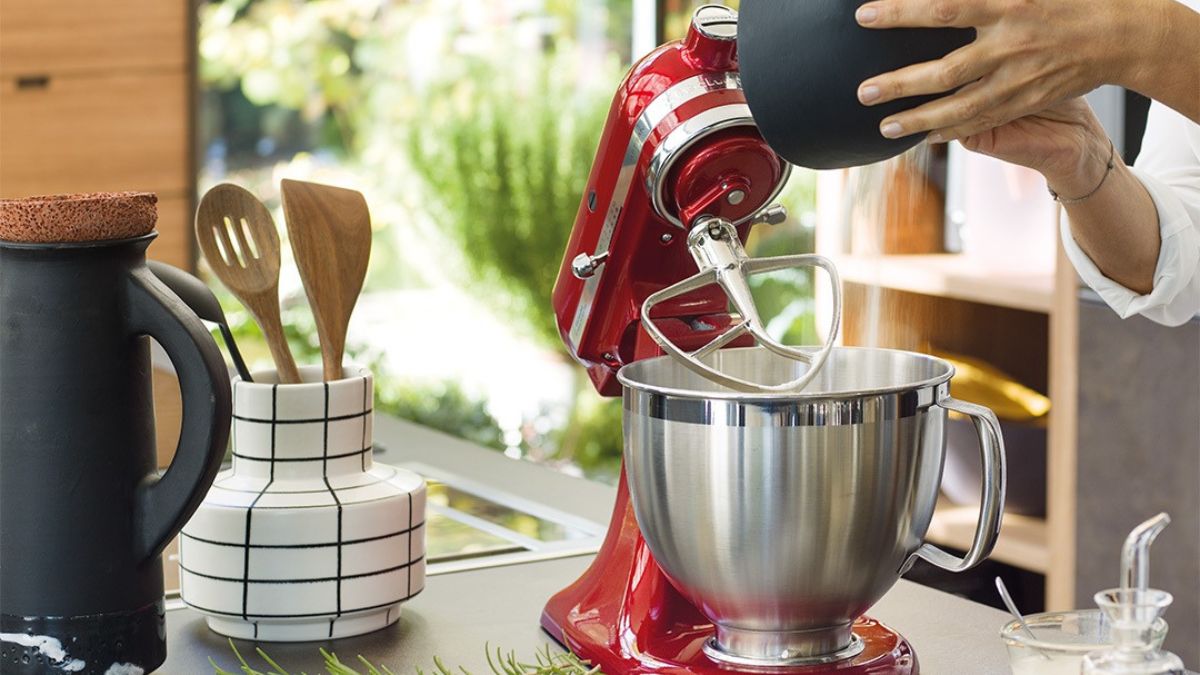

0 thoughts on “Which Attachment Do I Use On My Kitchenaid Mixer”